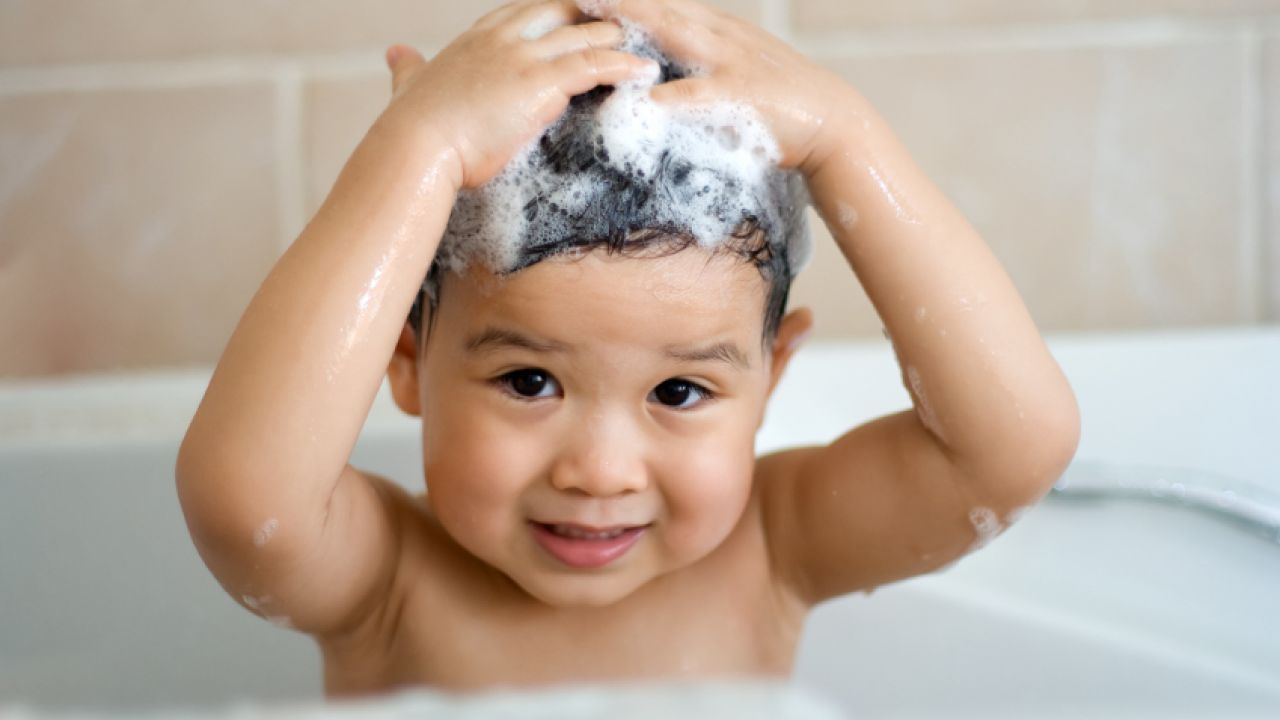
Like most kids, mine love bathtime. And while I take care to avoid the toxic chemicals in some bath products by making careful choices, at least I don't have to worry about the safety of the water itself. As it should be.
But that's very much not the case for the Hall-Massey family of West Virginia. Quite the contrary, they do have to worry about the safety of the water itself. So much so that the kids take super-quick baths and they buy and truck in water that they store in big barrels on the porch. Today? In America?
This family's very unsafe drinking water is chronicled by the New York Times in the second article (and compelling video) in its important series on the increasing pollution in American waters. As Mrs. Hall-Massey says so well:
"How can we get digital cable and Internet in our homes, but not clean water? ... How is this still happening today?"
How is this still happening today? Mrs. Hall-Massey's question is easily answered: the Clean Water Act and the Safe Drinking Water Act are being violated significantly and routinely, and the violators are simply not being punished.
According to the NYT's investigation, state officials fined or otherwise punished fewer than 3 percent of Clean Water Act violations. And when there are more than 506,000 Clean Water Act violations by more than 23,000 companies and other facilities, 97% unpunished violations means something.
How does your water compare? The Hall-Massey's downright dangerous water problems (which you can watch on video here) may seem extreme. But are they? Thanks to the New York Times, you can see how many water violations there are in your area and what is - or isn't - being done about it.
You can find water polluters near you here and see how violations are being handled here. It is important to have access to this information, but unfortunate that it tells a story of abuse, very weak enforcement, and ultimately, unsafe drinking water.
Get our Guide to Safe Drinking Water When I get bad news, I want to do something about it. If you do, too, check out our short guide to safe drinking water to see what steps you can take to improve yours.
Your first step should be reading your water supplier's water quality report - or testing your well - so you know what you're working with. Our top tip for tap water? Filter it. Here's how:
- Carbon filters (pitcher or tap-mounted) are affordable and reduce many common water contaminants, like lead and byproducts of the disinfection process used to treat municipal tap water.
- Install a reverse osmosis filter if you can afford it, to remove contaminants that carbon filters can't eliminate, like arsenic and perchlorate (rocket fuel).



